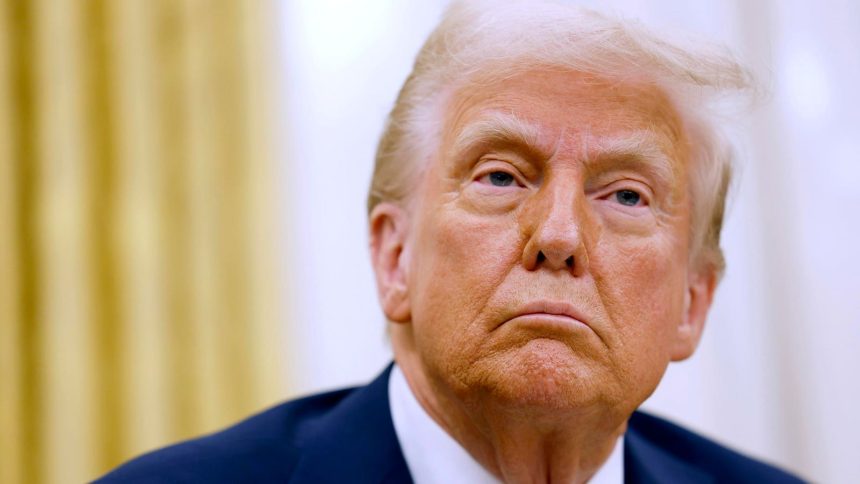Former President Donald Trump’s decision to impose sweeping tariffs on goods from Canada, Mexico, and China ignited a firestorm of controversy, drawing condemnation from business groups and economists while sparking retaliatory measures from the targeted nations. Trump defended his actions, arguing the tariffs were necessary to address issues like illegal immigration and drug trafficking, and that any economic pain experienced would be a worthwhile price to pay for “making America great again.” This protectionist trade policy, however, threatened to disrupt international trade relationships and inflict substantial economic consequences on both American consumers and businesses.
The timeline of events unfolded rapidly. Following Trump’s announcement of the tariffs, Canada and Mexico immediately retaliated with their own tariffs on US goods, while China threatened legal action through the World Trade Organization. Canadian officials expressed bewilderment at the tariffs, emphasizing their efforts to cooperate with the US on border security and drug control. Provincial leaders in Canada took symbolic actions, removing American products like alcohol from store shelves. Meanwhile, Mexican President Claudia Sheinbaum condemned Trump’s rhetoric linking the Mexican government to drug cartels and promised countermeasures. Within the US, Trump administration officials attempted to deflect blame for potential price increases onto other countries, claiming they were responsible for not complying with Trump’s demands.
Trump’s rationale for the tariffs centered on compelling Canada, Mexico, and China to take stronger action against illegal immigration and the flow of fentanyl and other illicit drugs into the United States. He argued that these countries were not doing enough to address these issues and that tariffs were a necessary tool to hold them accountable. He also promoted domestic manufacturing as a way for businesses to avoid tariffs altogether. This argument, however, overlooked the complex global supply chains and the potential for tariffs to increase prices for American consumers.
The economic implications of Trump’s tariffs were a key concern for economists and business leaders. Analyses predicted that the tariffs could cost American households hundreds of dollars annually in increased prices, reduce US economic output, and trigger a broader rise in taxes. Economists warned that the tariffs would not only increase the cost of imported goods but also lead to price hikes for domestically produced goods due to reduced competition. The US Chamber of Commerce and the National Association of Manufacturers expressed strong opposition to the tariffs, warning of negative impacts on businesses, supply chains, and American jobs. Retail giants like Walmart and Best Buy acknowledged the potential for price increases on consumer goods due to the tariffs.
Trump’s tariff strategy represented a significant escalation of his protectionist trade policies. While he had previously imposed tariffs on Chinese goods during his first term, sparking a trade war, these new tariffs broadened the scope of his trade actions to include key North American trading partners. His rhetoric suggested a potential expansion of tariffs to other countries, including the European Union, raising concerns about a global trade war. This approach contrasted sharply with the views of many economists and business leaders who advocate for free trade and warn against the negative consequences of protectionist policies.
Beyond the immediate economic repercussions, the tariffs also strained diplomatic relationships with Canada and Mexico. Trump’s suggestion that Canada should become the 51st state further exacerbated tensions, drawing strong rebukes from Canadian officials. This episode underscored the potential for trade disputes to spill over into broader geopolitical tensions and damage alliances. The long-term consequences of Trump’s tariff strategy remained uncertain, but the immediate reaction from affected countries and the warnings from economists and business groups pointed to a potentially disruptive period for international trade and the US economy.



